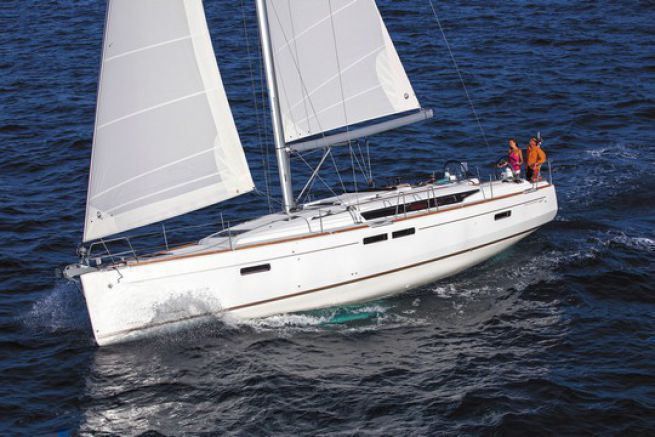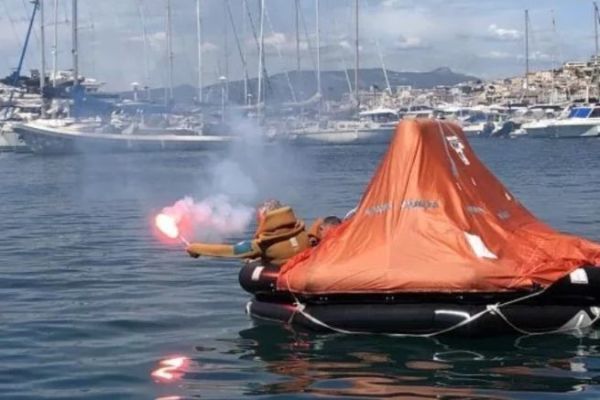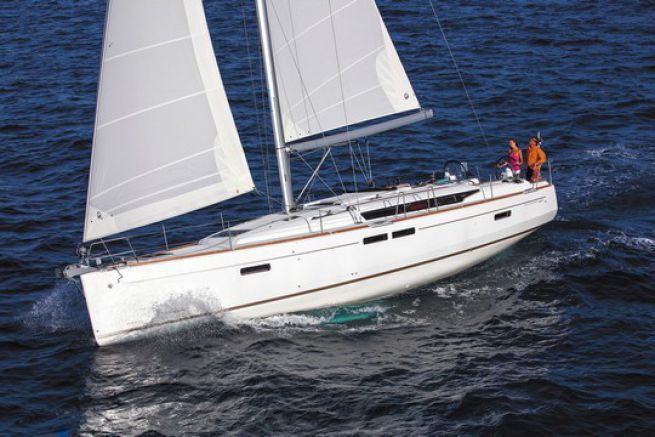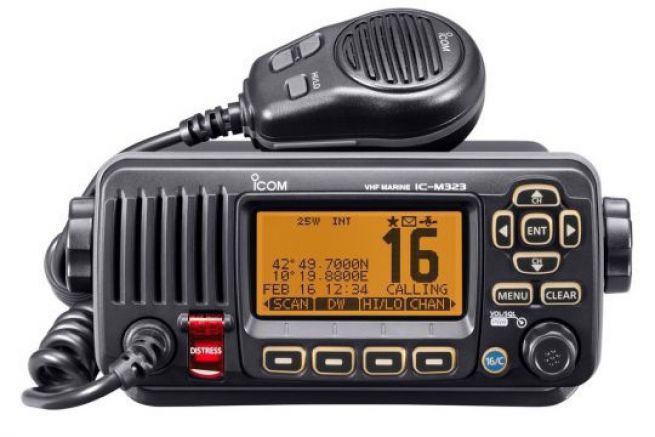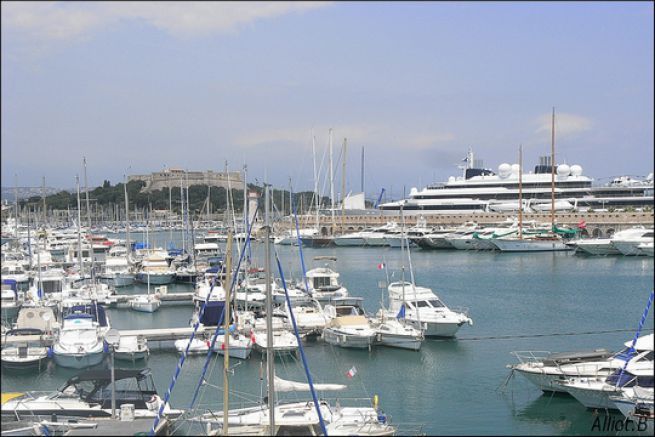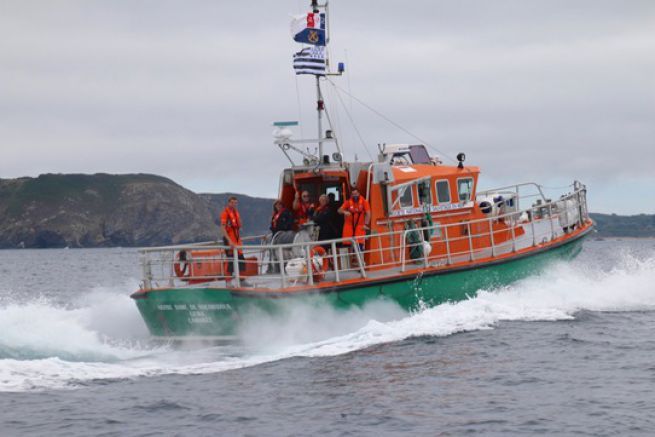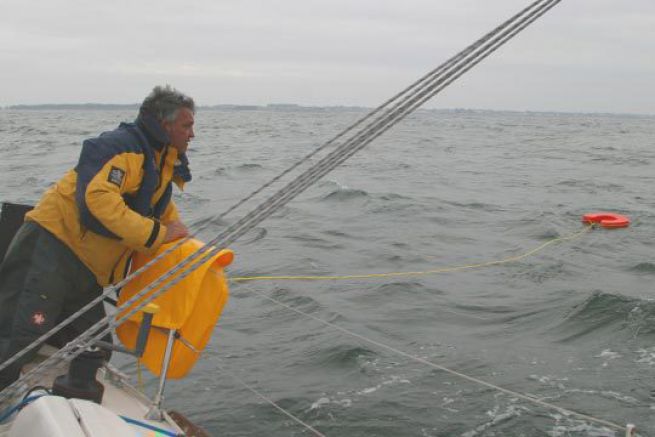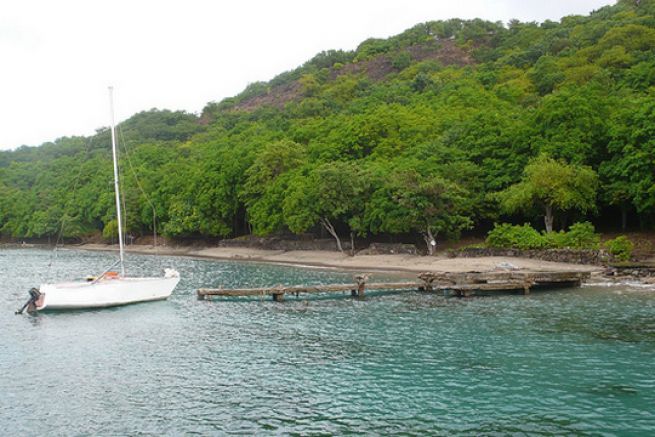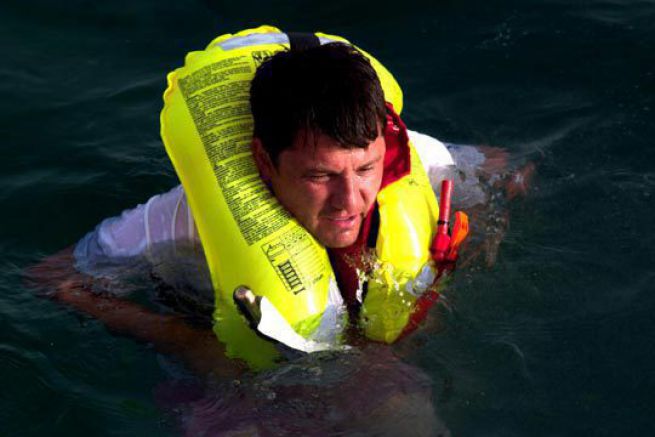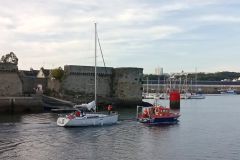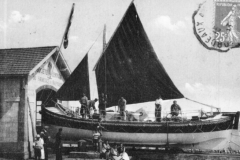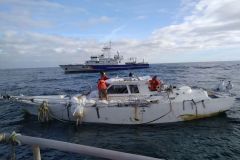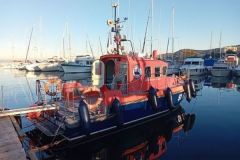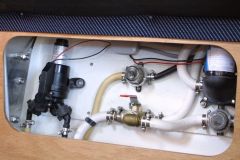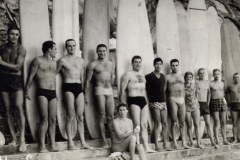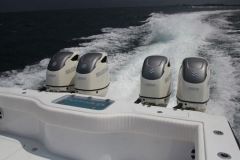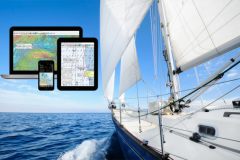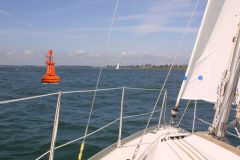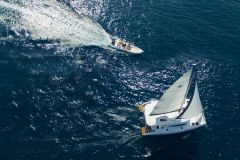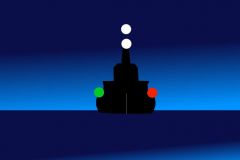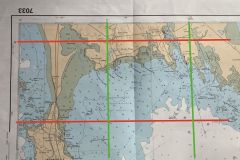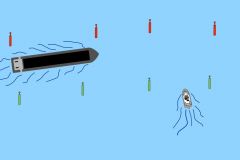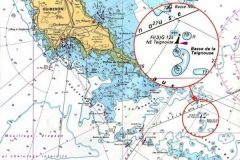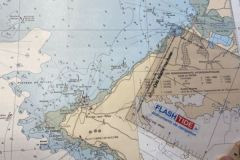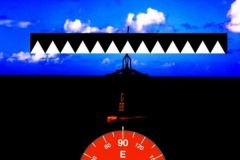Division 240, concerning pleasure craft with a hull length of less than 24 metres, has evolved. In force since May 2015, it makes it possible to make boaters, and in particular the captain, more responsible. The regulations had already evolved about five years ago, but the aim here is to make boaters aware of the means of communication adapted to the navigation area in which they are located. Many do not know what equipment to bring and rescue is only less effective, so it is important to know the minimum amount of equipment to have on your boat.
It has been reduced by 70 articles compared to the previous version, which had many misinterpreted technical and European standards.
Clarify the role of the captain
Although in the old version, the role of the captain was indicated, specifying that he could take on board the equipment he wanted, the new Division 240 indicates when he must use the equipment provided by the manufacturer. It is therefore a question of knowing how to use the equipment provided correctly and of raising awareness among the crew.
Four navigation zones
Before, there were three main navigation areas: less than 300 metres, 2 miles and 6 miles. The new 240 division provides a new zone 60 miles away.
The creation of this new navigation area is still based on the reflection on the necessary means of communication on board because the VHF no longer allows transmission beyond 60 miles.
New means of communication
To remedy this situation, it is therefore necessary to have a system that uses satellite and works very well for distress at sea. It will therefore be necessary to carry a Cospas-Sarsat 406 MHz marine beacon.
Beyond 60 miles, the yachtsman will also have to be equipped with a mobile VHF that will allow him to communicate with the helicopter or commercial vessel that came to his rescue. He will thus be able to report the situation and inform the emergency services about the equipment to be provided (material damage, hoisting, bodily damage, etc.).
From now on, from 6 miles away, boats will have to be equipped with a fixed VHF to be sure they are received from the ground. It is always to correct the misuse of the means of communication by boaters. With radio, it is easy to talk and simply explain the situation instead of using distress beacons or other devices. Thanks to the radio, it will also be possible to communicate with the helicopter pilot who came to rescue. It is important to have a means of communication that clearly defines the situation.
This new measure will be applicable from 1 January 2010 er january 2017 to allow time for people who do not have a boating licence (mandatory for VHF) or RRCs to comply with these new regulations.
A new navigation area for sea scooters
Sea scooters, previously limited to 2 miles, will now be able to travel up to 6 miles. Indeed, the machines are evolving and manufacturers are now offering models equivalent to small motor boats, much more stable. It was therefore important that they could navigate further.
However, if you navigate further away, you need more important safety equipment. The focus is on the compass, which is already integrated in some large scooters or can be purchased in an electronic device. You will also need a map that can be in paper or computer format, but can withstand the sea.
